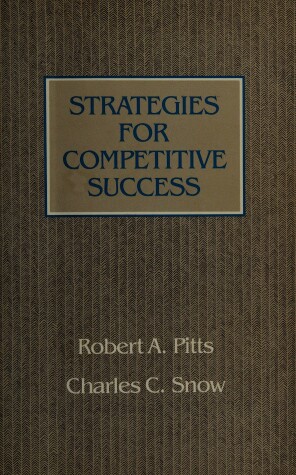Series: Wiley Series in Management
1 total work
It is often said that every company's strategy is unique. As a result, textbooks have tended to deal with strategy formation only at a very general level. Typically, they propose a sequence of steps that includes identification of potential opportunities, assessment of company strengths, selection of opportunities that match strengths, and implementation of the chosen approach through appropriate organizational design. Although useful as a starting point, this general framework is only of limited value to those charged with developing strategy for a real company. Strategists need much more specific guidance on competitive issues such as where precisely to look for external opportunity, what kinds of strengths are likely to be critical to success in their specific situation, and what implementation problems confront firms in their circumstances. This book is different from most strategy texts in that it attempts to provide guidance on such questions at a more specific level. This objective is realized by simplifying reality in two important respects. First, just two sources of competitive advantage are considered: market share and synergy.
Second, only the most common approaches for obtaining the benefits of market share and synergy are discussed. The result is a detailed description of eight "generic" competitive strategies: four strategies for gaining market share and four for pursuing synergistic diversification. Research and consulting experience indicate that most firms can draw usefully on at least one of these strategic approaches.
Second, only the most common approaches for obtaining the benefits of market share and synergy are discussed. The result is a detailed description of eight "generic" competitive strategies: four strategies for gaining market share and four for pursuing synergistic diversification. Research and consulting experience indicate that most firms can draw usefully on at least one of these strategic approaches.
